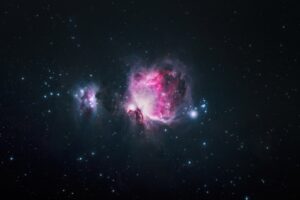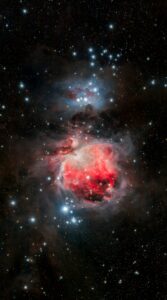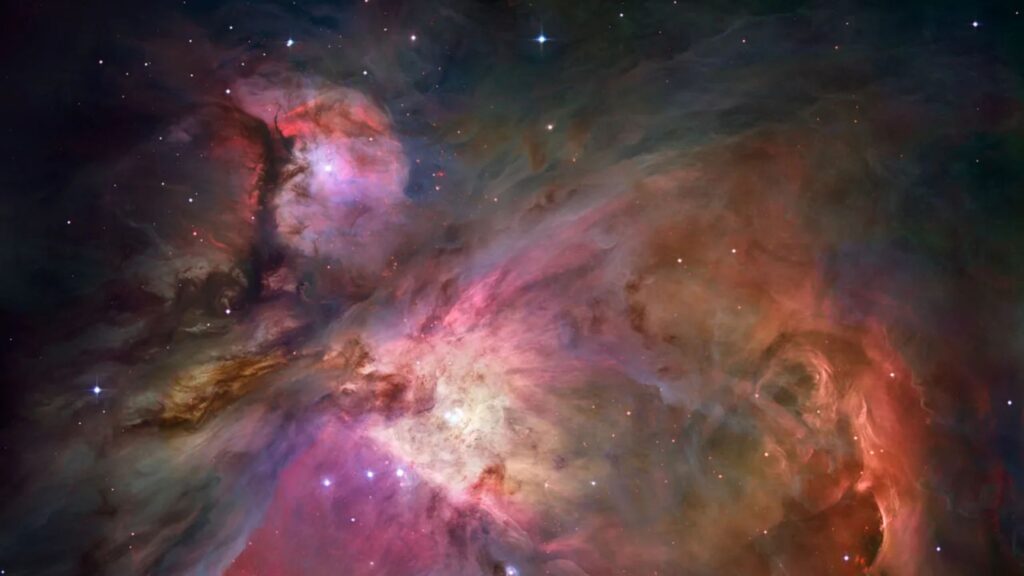The universe is an entire of mysteries and different spectacles, such as stars, comets, meteors, and nebulas. While it’s nearly impossible to see some of the magnificent things of the universe with the naked eye, some are easily viewed in the night sky. One such is the Orion Nebula, which presents itself at night to be studied in order to learn more about the vast and endless cosmos.
A nebula is a gigantic space filled with gas, dust and star debris—left after a supernova explosion. There are many different nebulas in the Milky Way galaxy, which are thousands of light years away from Earth. The following articles aim to shed some light on the Orion Nebula and the ways by which you can view it at night.
Messier 42/ The Orion Nebula
Visible in the Orion constellation, the Messier 42 is an emission type of Nebula, and there are other types as well. It is almost 1500 light years from the Earth’s surface and is one of clearly visible objects at night. Because of this, many astronomers and stargazers study dense objects with different equipment. However, in the correct settings and environment, people can also see the Orion Nebula with their naked eyes.

Similar to Crab’s Nebula, the M42 unveils a lot of secrets about the universe and helps in understanding evolutionary dynamics. On top of that, it also differs widely from its cosmic neighbour when it comes to astrophysical processes.
- Apparent Magnitude of 4.
- Present in the Orion constellation.
- Different colours of the visible spectrum.
- Best observable in January.
Types of Nebula
There are many different types of Nebulas in the universe. And their differentiation is mainly based on their formation, patterns, and brightness. As mentioned earlier, the M42 is an emission type of Nebula—made of stardust and debris that emits light through ionisation.
Other types of Nebula are:
- Emission
- Reflection
- Dark nebulae
Colours Of Messier 42
The M42 is a vibrant object in its different photos and captures. There is a scientific explanation for its contrast—the different colours, such as orange, green, and red, represent the elements present in the region.

- Orange: Hydrogen
- Green: Oxygen
- Red: Sulphur
How To Spot The Orion Nebula In The Night Sky?
- The Orion Nebula is one of the few nebulae visible to the naked eye. Although sight is not as refined as photographs, one can still one can still of tatrapezium-shapedtrapezium-shapede the constellation Orion.
- Now, navigate towards the sword of Orion.
- In the middle, one can see the frizzy star shape—it is the M42.
Final Thoughts On The Orion Nebula
The M42 is visible in the Orion constellation and is 1500 light years away from Earth’s surface. It is a trapezium-shaped object that can be viewed with the naked eye in the correct settings and environment.
The M42, an emission type, is similar to Crab’s Nebula and helps understand evolutionary dynamics. Meanwhile, the other kinds of Nebula include reflection and dark. So, make sure to check it out in the dark, clear sky in January.
Frequently Ask Questions (FAQs)
What is unique about the Orion Nebula?
The M42 is one of the most widely studied celestial objects around the world.
Is the Orion nebula in the Milky Way galaxy?
Yes, the Orion nebula is in the Milky Way Galaxy—in the constellation Orion.
Is Orion a stellar nebula?
No, M42 is an emission type of Nebula.
What happens inside the Nebula?
There is a formation of stellar winds once anything interacts with the dust and debris inside the Nebula.

